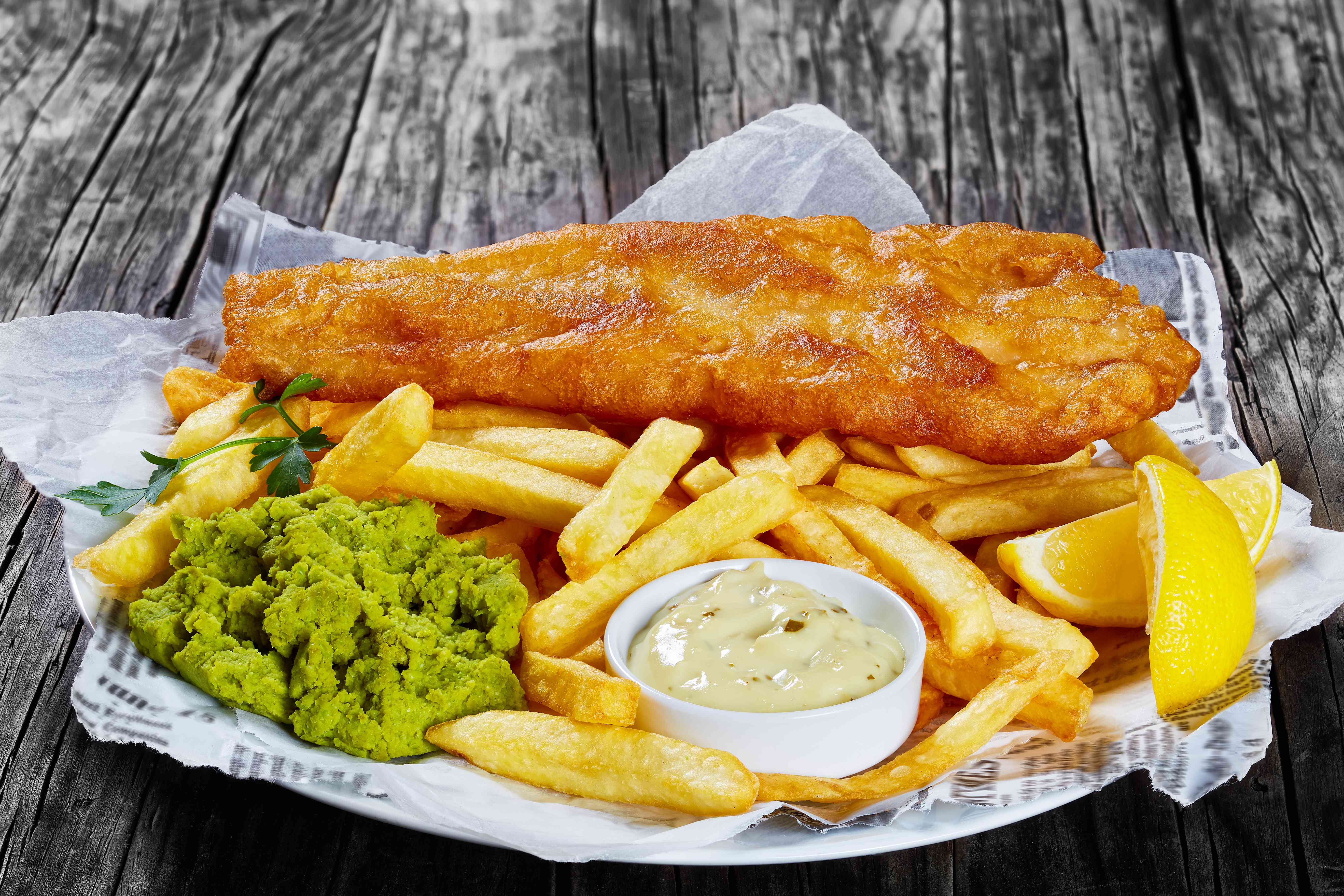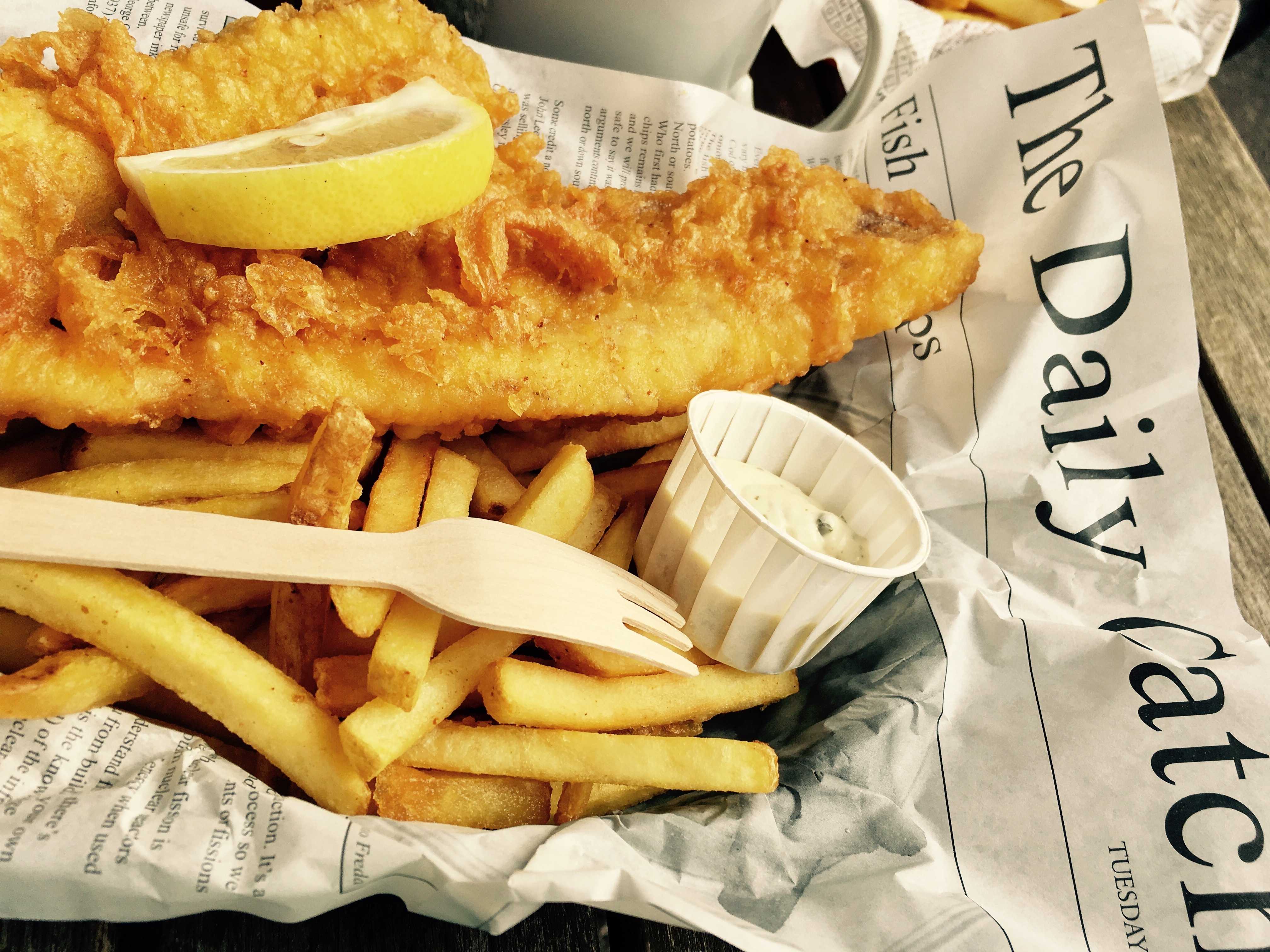There are many different cuts of fish, and each offers something slightly different. Whilst some cuts go by multiple names, and others are specific to certain fish, one thing is true; the cut of your fish meat can affect its taste, texture, and consistency. If you’re looking to deep fry your fish, we’ve put together this handy list of what each cut can offer you.
Fillet
A fillet is a boneless cut from the side of the fish and is often considered to be the most common type of cut. However, ‘fillet’ is the general term for the three different types of fillet cut. These are , Whole, V-cut and J-cut, with the J-cut generally being the most popular. In all cuts the pin bone is removed, and notably in the J-cut the nape is removed. The nape is a small, fatty piece of meat on the lower side of the fillet. Fillets from larger fishes are often cut into smaller chunks, with the leftover parts being known as ‘off-cuts’. Fillets are popular because of their versatility in the kitchen; they can be seasoned, baked, fried, marinated or sauteed. Also, depending on the type of fish, fillets can be eaten with or without skin.
Butterfly fillet
Butterfly fillet cuts are usually taken from smaller freshwater fish, such as Mackerel, Sardines, Herring and Sea Bass. This fillet is seen as two fillets attached by a piece of skin, which loosely resembles a butterfly when laid out. It’s prepared by removing the head of the fish, and cutting through to the rear side of the belly.
Canoed fillet
The Canoed fillet is used on similar fish to the butterfly fillet, mainly Rainbow Trout, Mackerel and Herring. The fish is left with its head on, cut down the back, then gutted and filleted. This leaves the fish open in a canoe shape, making it perfect for filling and baking.
Steaks
Steak cuts are taken from larger fishes like Salmon, Tuna and Swordfish. They’re made by a crosswise cut made perpendicular to the spine of the fish. This leaves the fish with the vertebrae, skin and bones left intact. It’s popular for grilling, pan-frying, baking or even boiling.
Loins
There are two different types of fillet loins. ‘Natural’ fillet loins are from small and medium sized fish, while ‘Cut’ loins are from larger fishes such as Tuna, Swordfish and Sharks. Cut loins are taken lengthwise across the backs of these larger fish, so are a sizable cut. Regardless of the size of the fish, loins are a thick and flavoursome cut of meat to use without waste from any skin or bones. Loins are often cut into slightly smaller sections, called Medallions. Usually, they’re grilled, baked or sauteed.
If you’re looking for a stable frying oil that will cook your food in minutes, choose Frymax. Our sustainable, premium-grade palm oil is relied on by chippies across the country to serve up high-quality fried foods. If you’d like to learn more, get in contact with Frymax.
Become a Frymax member today to gain access to exclusive content, expert frying advice and the chance to enter our fantastic competitions.






